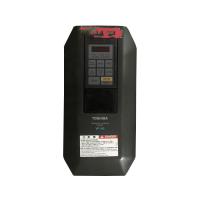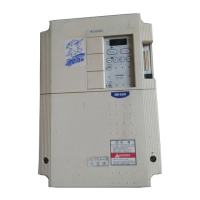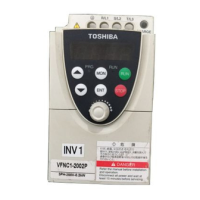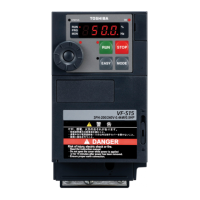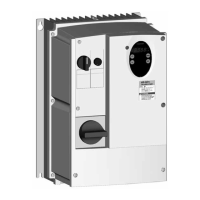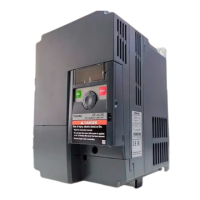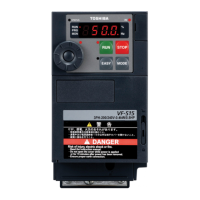E6582062
6-39 6. [Advanced] How to use parameters
3
4
6
9
Since standby (ST) is always turned ON in the default setting, you should set values as shown
below.
• Set <F110: Always active function 1> to "1: No function".
• Assign "6:ST" (standby) to an unused input terminal.
Cancel motor shaft fixing control if the following problems occur during motor shaft fixing control: the
inverter coasts due to power failure, or it is restored with the retry function after a trip.
Even when DC braking is activated with a signal from the input terminal, the almost same motor
shaft fixing control can be performed.
Memo
• The carrier frequency during shaft fixing control is the setting value of either <F249: DC braking
carrier frequency> or <F300: Carrier frequency> which is lower.
Reference
• How to operate the operation panel -> Refer to [3. 1. 1].
• How to switch display mode on the operation panel -> Refer to [3. 1. 2].
• Procedure to change parameter setting -> Refer to [4. 2. 3]
• Details on operation by external signals -> Refer to [Chapter 7].

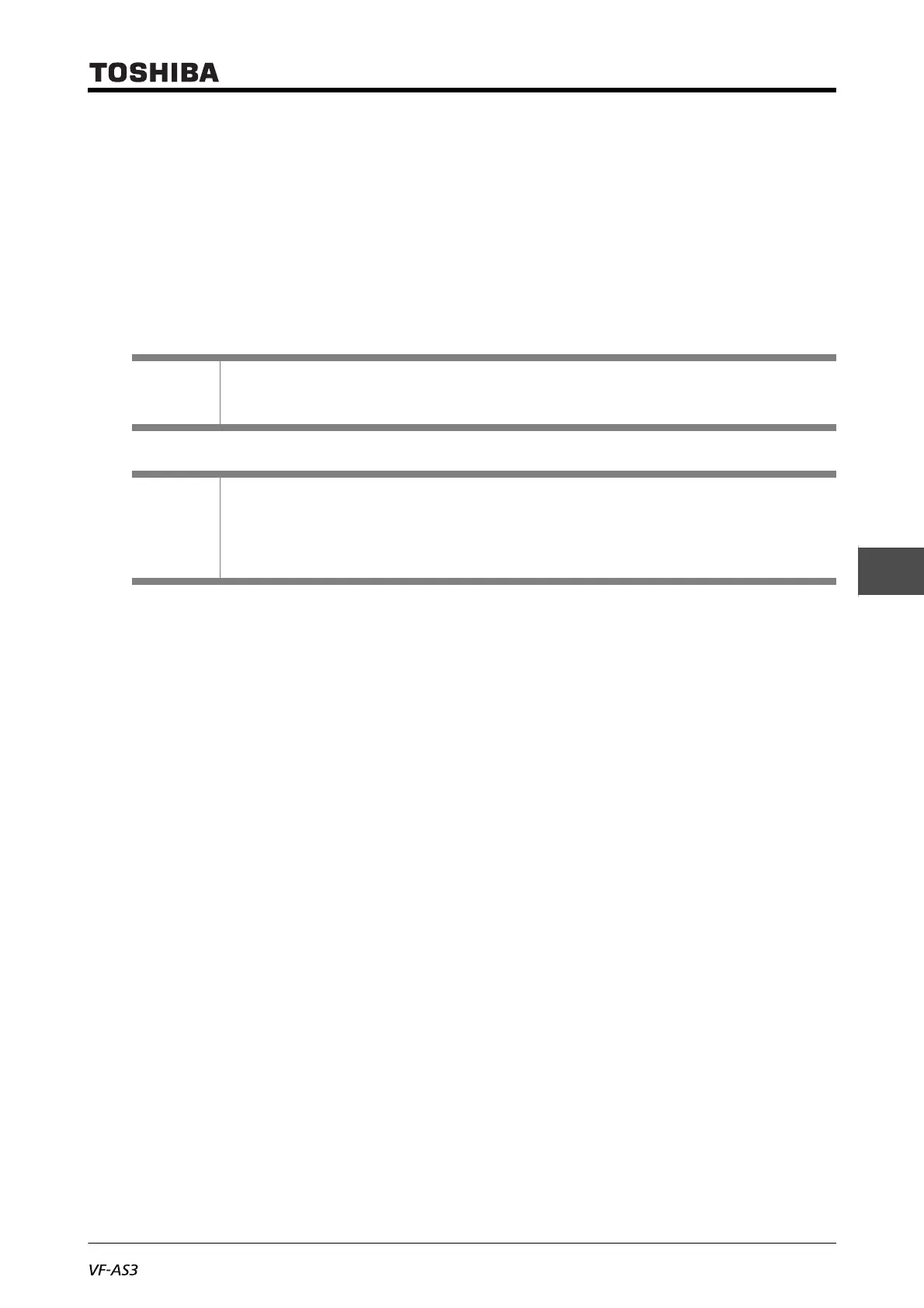